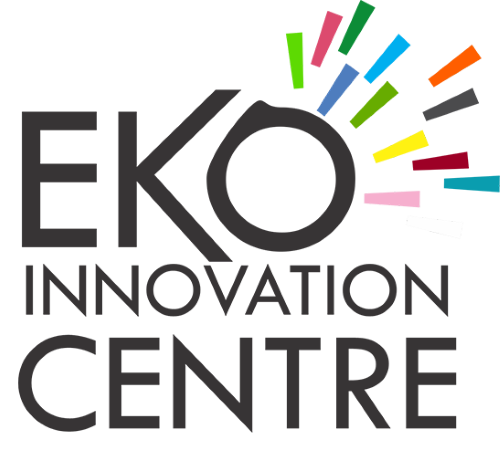Every groundbreaking startup begins with an idea, but the real challenge lies in transforming that idea into a successful business. A clear, actionable roadmap bridges the gap between inspiration and execution. In today’s competitive landscape, startups must not only generate innovative ideas but also meticulously plan, validate, and iterate to ensure sustainable growth. This article outlines the key steps to craft a robust startup roadmap that guides you from concept to execution.
1. Ideation and Vision Setting
The first step is to crystallize your vision. A startup’s roadmap begins with a clear understanding of your mission, goals, and the problem you aim to solve. Ask yourself:
- What problem am I addressing, and who is my target customer?
- How does my solution differ from existing options?
- What is my ultimate vision for the business?
A strong vision acts as the north star, aligning your team and guiding every subsequent decision. Write down your ideas, refine them through brainstorming sessions, and gather initial feedback from mentors and potential customers.
2. Market Research and Validation
Once you have a clear vision, the next step is to validate your idea through market research. This involves:
- Identifying Your Target Audience: Define your ideal customer profile and understand their needs, preferences, and pain points.
- Competitive Analysis: Examine your competitors. What gaps exist in the market? How can your product offer superior value?
- Testing Your Hypotheses: Use surveys, interviews, and focus groups to gather feedback. Consider launching a Minimum Viable Product (MVP) to test assumptions in a real-world environment.
Validating your idea early on helps minimize risks and ensures that you’re building something people truly need. As you gather insights, be prepared to refine your concept—sometimes what you think the market needs isn’t exactly what it wants.
3. Building a Structured Roadmap
A comprehensive roadmap outlines short-term goals and long-term milestones. It should detail:
- Key Milestones: Define what success looks like at each stage—be it product launch, customer acquisition, revenue targets, or market expansion.
- Timeframes: Establish realistic deadlines for each milestone. This helps in tracking progress and keeping the team accountable.
- Resource Allocation: Identify the resources (financial, human, and technological) required at different stages. This may include budgets for product development, marketing, and scaling operations.
- Risk Management: Anticipate potential challenges and plan contingencies. A well-crafted roadmap considers both the opportunities and obstacles that lie ahead.
By having a detailed roadmap, you create a strategic blueprint for the business that not only guides your team but also attracts investors by demonstrating clear, measurable goals.
4. Execution and Iterative Improvement
Transforming your roadmap into action is where many startups falter. Effective execution demands:
- Agile Methodologies: Embrace an iterative approach to development. Instead of waiting for perfection, launch your MVP, gather data, and iterate quickly.
- Team Alignment: Ensure every team member understands their role in the roadmap. Regular updates, clear communication, and feedback loops are essential to keep everyone aligned.
- Performance Metrics: Establish key performance indicators (KPIs) that allow you to measure progress. Use data analytics to track customer engagement, revenue growth, and operational efficiency.
- Flexibility: The best roadmaps are not static. As market conditions and customer feedback evolve, be prepared to adjust your plan. A willingness to pivot can be the difference between stagnation and breakthrough growth.
5. Overcoming Common Roadmap Pitfalls
Many startups struggle with either over-planning or under-planning. Here are a few pitfalls to avoid:
- Analysis Paralysis: While thorough research is essential, too much planning can delay execution. Strike a balance between planning and taking action.
- Ignoring Customer Feedback: Your roadmap should be flexible enough to incorporate new insights. Regularly solicit feedback from early adopters and be ready to adjust your strategy.
- Premature Scaling: Scaling before you’ve achieved product-market fit can be disastrous. Ensure your initial launch is validated and refine your offering before expanding aggressively.
- Lack of Accountability: Without clear ownership of tasks, even the best roadmaps can fail. Assign responsibilities and establish regular check-ins to track progress.
6. Case Study: From Idea to Execution in Action
Consider a startup that began with a simple concept—an app to help consumers make sustainable purchasing decisions. The founders started by clearly defining their mission, conducting detailed market research, and launching a basic MVP to test their assumptions. Over time, they refined their product based on customer feedback and gradually expanded their feature set. By adhering to a well-defined roadmap, they not only achieved product-market fit but also scaled to become a leader in the sustainability space. This iterative process exemplifies the importance of a structured yet flexible roadmap.
Conclusion
A startup roadmap is more than just a plan—it’s a strategic tool that transforms innovative ideas into actionable, measurable success. By focusing on vision, validation, execution, and iteration, startups can navigate the complex journey from idea to execution.
At Eko Innovation Centre, we empower startups with tailored mentorship, comprehensive incubation & acceleration programs, and a dynamic innovation ecosystem. Our resources help startups build, validate, and execute their roadmaps, ensuring you’re not only prepared for the challenges ahead but also positioned for long-term success. Join our community of forward-thinking founders and take the next step in your startup journey.
